Gold Bar Sound
I know a lot of people would call the Gold Bar “snake oil”, as people like to express that phrase very often nowadays. I always say, listen to the device and then make your claims. The Gold Bar has simply a very different presentation and it sounds nothing like an iFi Audio unit. The unit is so impressive I suspected there’s even more modification under that copper body.
The Gold Bar is a marvellous tiny DAC and it’s the best I’ve heard from dongles so far. Well, for that price we can’t call it just a dongle, but anyways, it’s excellent in terms of sound. It’s not a classic iFi sound for sure.
It has a heavier and more textured bass with a better kick and rumble. G0 Bar in comparison, is conservative in that regard. Gold Bar’s bass is also delivered in higher quality, especially in texture and resolution.
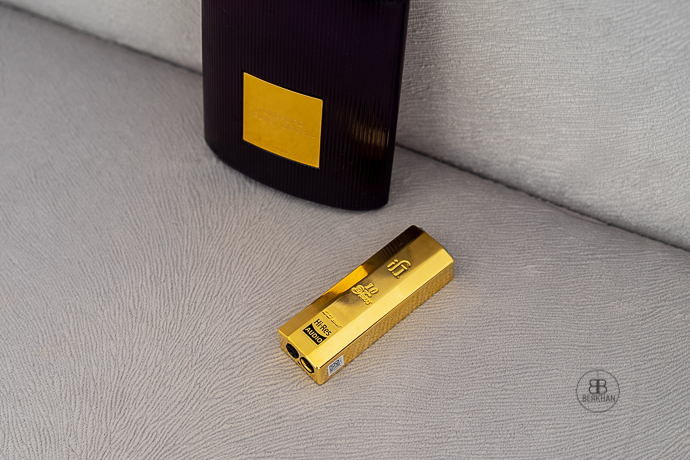
Richer and More Musical
Mids are lusher with more body and fullness, the treble has sharper delivery with better extension, and the micro detail performance is simply better. The sound stage is instantly wider and deeper when you switch from GO Bar to Gold Bar. The layering, in particular, is more successful, as the GO Bar sounds a bit cramped in comparison.
The Gold Bar has better harmonics as well, and the instrument timbre is richer. There’s more musicality and naturality, with better background darkness. The Gold Bar is an upgraded unit in every sense.
Many people would probably claim that these impressions are exaggerated, trying to allege that I’m trying to convince the readers to get the more expensive unit. Yet, I’d say that if you have the opportunity, you can simply get this limited edition version and see for yourself.

Gold Bar – Is it Worth it?
If you’re looking for a very capable and high-performing small DAC/Amp, the Gold Bar is worth it in my opinion. I’m even not sure if iFi would keep its promise of 1000 units, as I suspect there might be more demand for it.
However, the 499$ price tag is hard to swallow for a dongle, and for that, it’d only appeal to a certain audience. For that price, you can get an xDSD Gryphon for example, which is an excellent unit.
But still, the Gold Bar sounds special, and it can even convince you to not buy a mid-range DAP and carry that small golden piece with you for a more mobile experience. It’s all about our priorities, budgets and preferences.
GO Bar vs. Violectric Chronos
Chronos had been my favourite dongle before the Gold Bar arrived, so I chose that unit to compare with the iFi units. The thing I like most about the Chronos is its simplicity. It’s plug and play, and there’s no set, no buttons except for volume, and no fiddling with many different settings, filters and features. Also, it doesn’t power up when you don’t have a headphone attached, a very thoughtful circuit design.
On the other side of that, the GO Bar is not easy to understand when you first play with the unit. There are different combinations of buttons with different settings. The GO Bar in particular has hard-to-read markings on it (The gold one doesn’t have that issue). Sure, you have 4.4mm BAL output which is an important plus nowadays. But otherwise, at least in my case, I don’t use any other feature of iFi. The Chronos is also a much smaller unit.
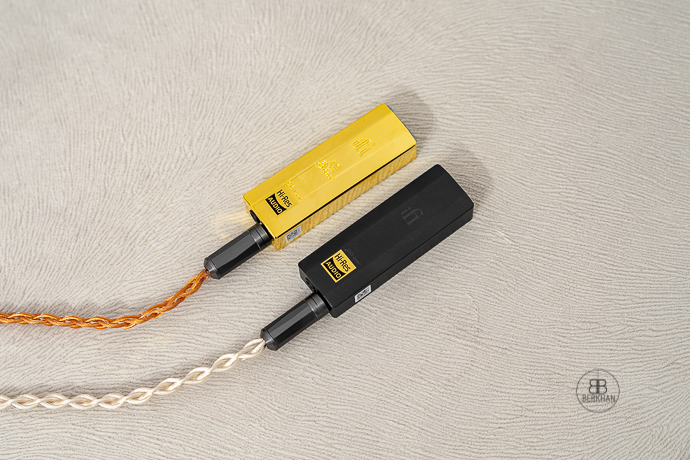
For sound, the Chronos has excellent clarity, transparency and definition. GO Bar also has these qualities, but the definition part is better in the Chronos, and its sound overall has better technicalities to me. Chronos has better dynamism and micro detail performance.
GO Bar however has more power, so you can use it with your headphones, and it has a slightly larger sound-stage.
Gold Bar is better than both units, sounding more musical with better tonality and harmonics. It has the largest sound-stage I’ve heard from a dongle, and excellent bass texture together with smooth midrange, and well-extended treble.
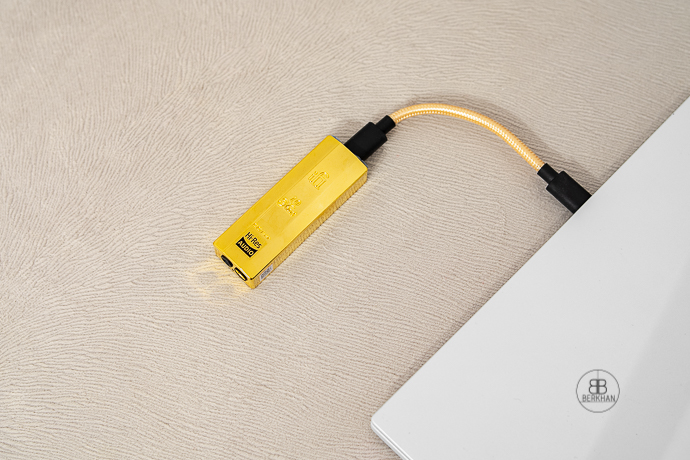
Conclusion
iFi Audio released their Go series and entered this wild USB dongle market. And once again, they proved themselves as an excellent DAC/Amp manufacturer with reliable, well-built and well-operating units.
Both units have very good sound quality but the shocker is the Gold Bar, and I think iFi should push that model more to improve. The results could be fantastic. However, I honestly think the prices are a bit steep. I can understand the premium price for the Gold Bar since it’s going to be a rare unit, but the standard version is still 339$, which is higher than the Violectric Chronos.
If the prices of these units were a bit lower, I’m sure they’d knocked it out of the park with their performance alone. If you want to have really good sound but can’t live with large DAC/Amp units, the G0 Bar and Gold Bar wouldn’t set you back in terms of sound quality. They’re both great choices if you have the budget.
But again, I highly recommend the Gold Bar if you can find one!





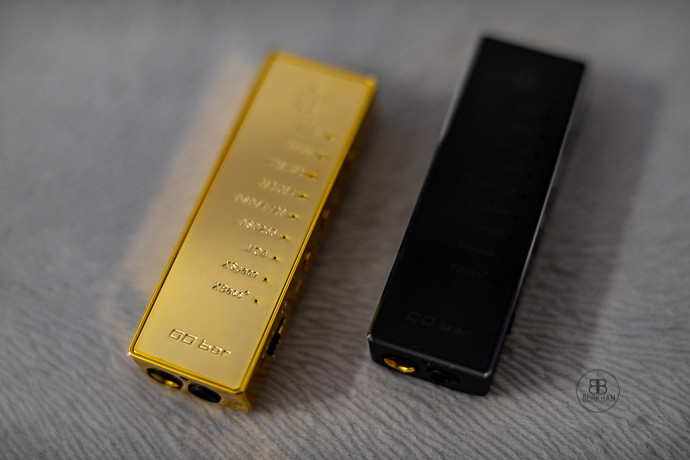
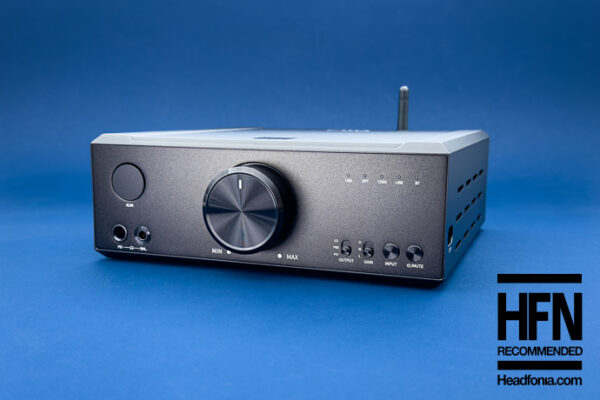
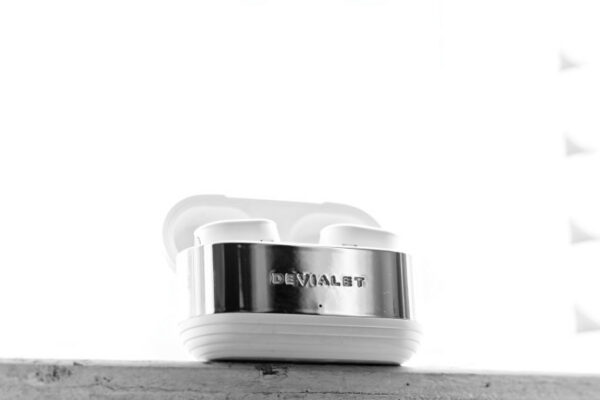
Gregory David
Hmm, you missed a some important volume stuff:
Volume control and gain
To increase volume, press the + button, and to decrease it, press the – button. Volume level is briefly displayed on the GO bar while pressing one of the volume buttons, shown by the number of white LEDs on at a time – from none to 6.
The increase or decrease of volume can be synchronised with the volume of the mobile phone/computer. The connected device will indicate a change of volume on its display if synchronisation is on, and the device’s volume controls can additionally be used to adjust volume. The GO bar’s volume buttons are still operational.
By default, the synchronisation feature is off. To switch this on or off, press the settings button (5) for > 8s. On is indicated by the 6 white LEDs switching on in sequence from LED 1 and 6 to the centre. Off is indicated by the 6 white LEDs switching off in the opposite direction.
Turbo Mode increases the gain by 6dB. To switch this on or off, press the + and – volume buttons together for ≥ 2s. Turbo Mode on is indicated by 2 white LEDs increasing to 6 lighting up at the same time for 2s. Normal gain is indicated by 6 white LEDs diminishing to 2 lighting up for 2s.
Lieven
Hi, thank you for mentioning this. We do know about this, but decided to not include it in the review. We can’t cover every single aspect 🙂
xtvymrdn
The goldbar price is closed to the price of used mojo 1st gen in my country, soundwise how is the gold bar compare to mojo 1stG?
Berkhan
Mojo is a cramped-sounding unit with a bit too much mid-bass, and it’s too warm at times. I think Gold Bar is better in terms of a more balanced and wide presentation.